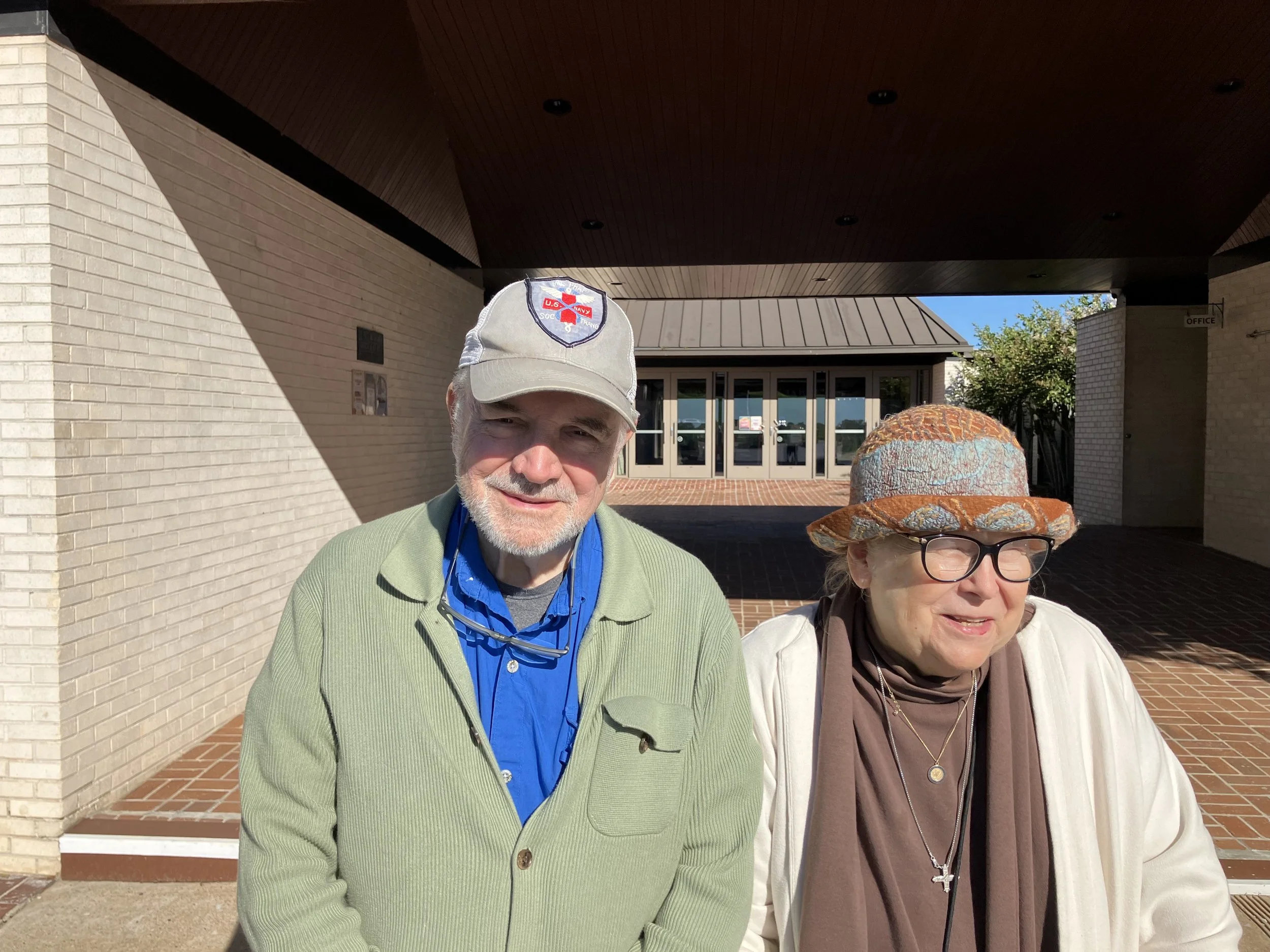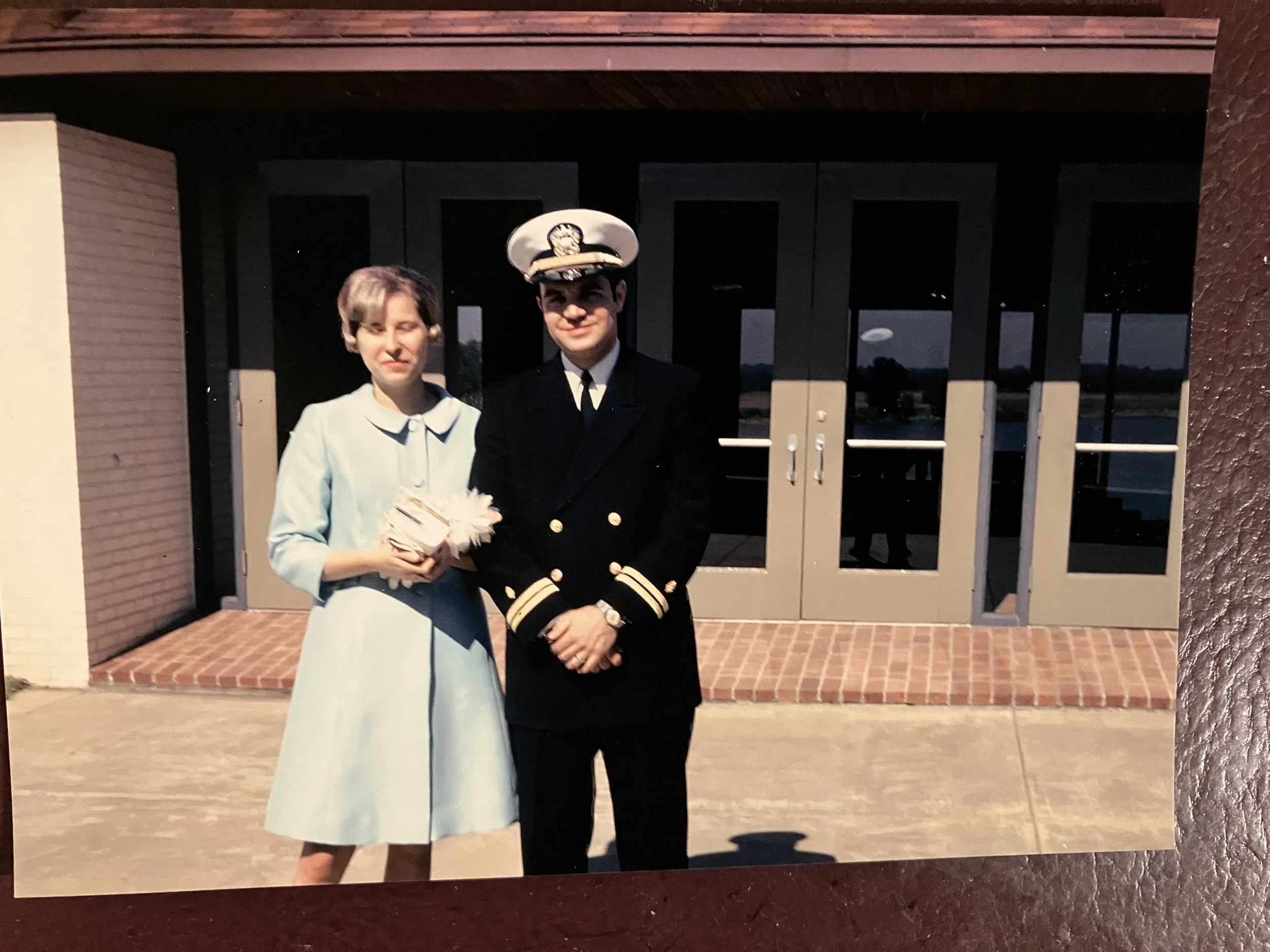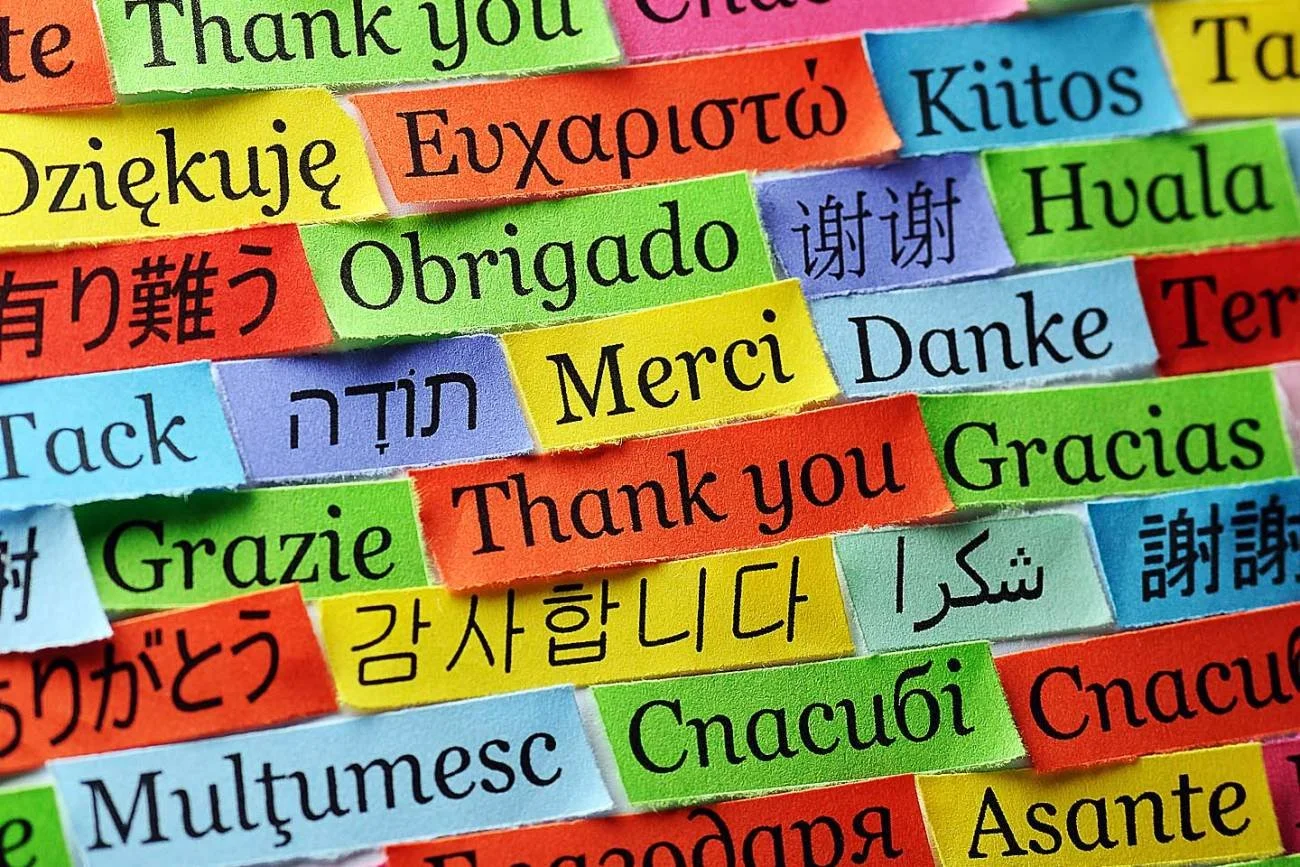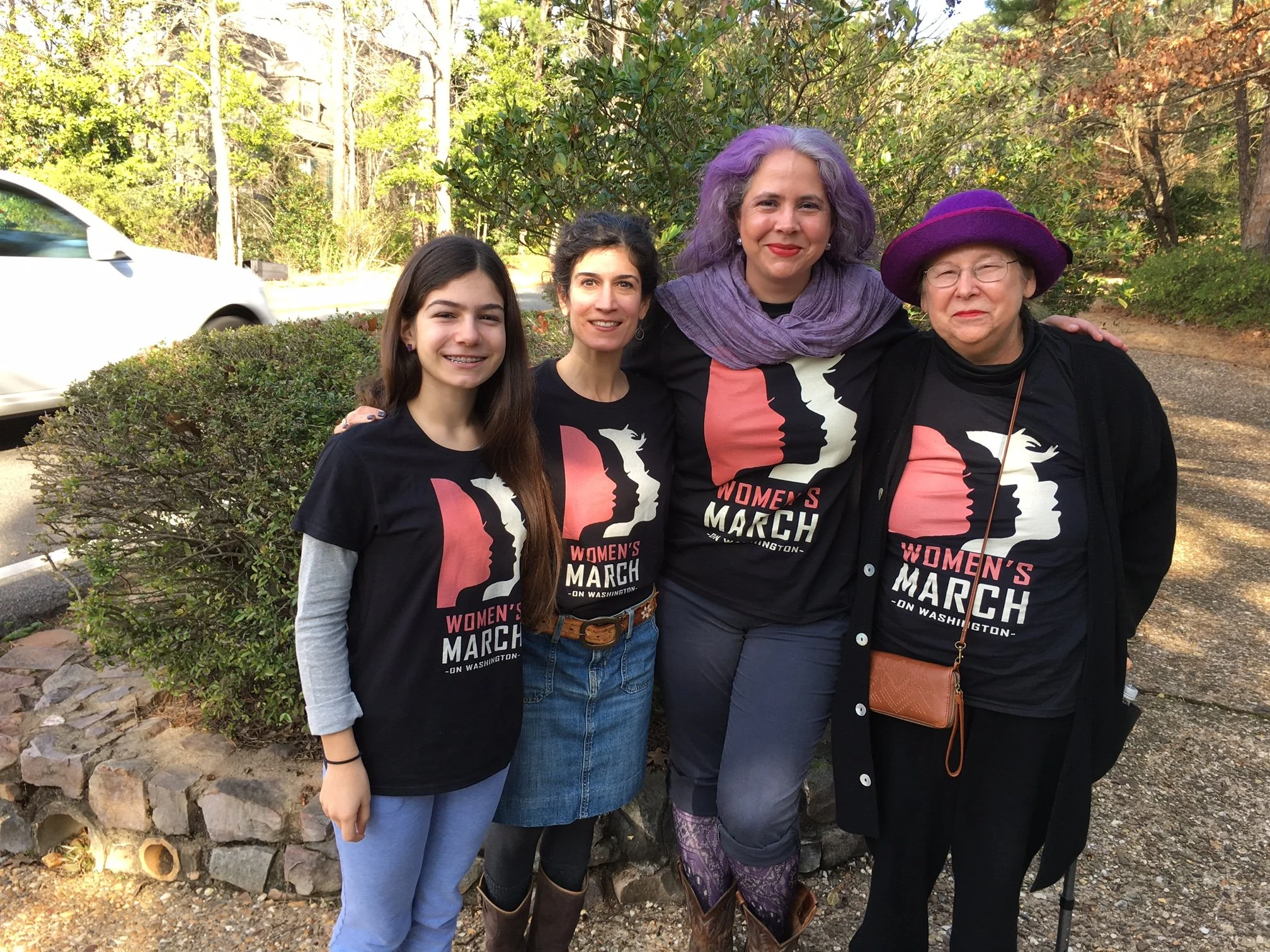Gratitude
“Live your life so that the fear of death can never enter your heart. When you arise in the morning, give thanks for the morning light. Give thanks for your life and the strength it brings. Give thanks for your food and the joy of living. And if perchance you see no reason for giving thanks, rest assured the fault is in yourself.”—Ascribed to Chief Tecumseh.
Gratitude is one of the secrets to a Spirit-filled life. Those in 12-step recovery groups believe we are less likely to return to our old addiction—what they call “a slip”—if we continue to be grateful each day. Therefore, whenever someone in recovery is not doing well, the most suggested remedy is to make a gratitude list to refer to daily, especially at night.
The insight from Trees for Life founder Balbir Mathur is that he “travels in a boat called Surrender. His two oars are Forgiveness and Gratitude,” which also serve as a guide for our lives. We live a life of peace as long as we can surrender to a power greater than ourselves, and are willing to forgive and remain grateful for what we have.
As a result, our blood pressure stays closer to normal. We are less likely to become irritated at all of life’s hiccups: our computer is not responding, our phone is dying, but the Apple store is closed, someone has said something unkind, we have expectations of ourselves and others that are not being met, our body is not working the way it should, we are not getting our way or achieving our plan for the day, we miss our family and friends, we are losing our job, we are afraid of this virus.
Sonja Lyubormirisky, in her book The How of Happiness, writes, “No matter where you are, or who you are, or what faith you have, or your circumstances .... the number one indicator of happiness in your life is very closely tied to your level of gratitude!”1
Guided by forgiveness and gratitude, we can live assured that there is a grand plan beyond our own. Our job is to be grateful for this one more day to make a difference and offer love to the lives around us.
My husband and I once made fun of an older man, a friend of his father’s, who often said, “You must have an attitude of gratitude.” We both know now that there is no greater wisdom for living than this simple formula.
We especially give thanks today and daily for the privilege of living with each other for these 56 years, as we stood in front of the Church by the River where we were married.






